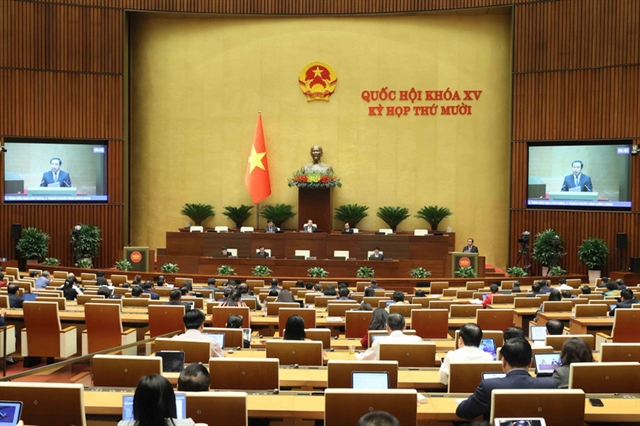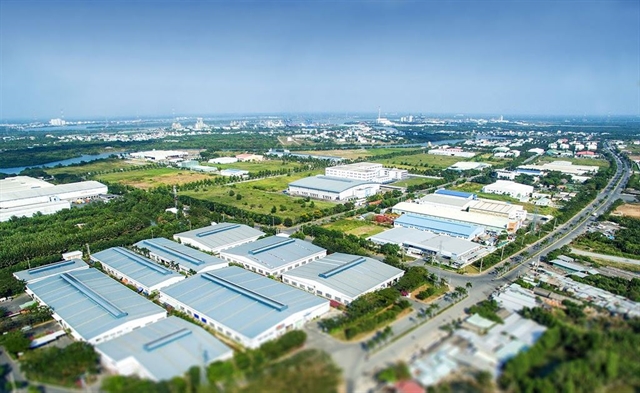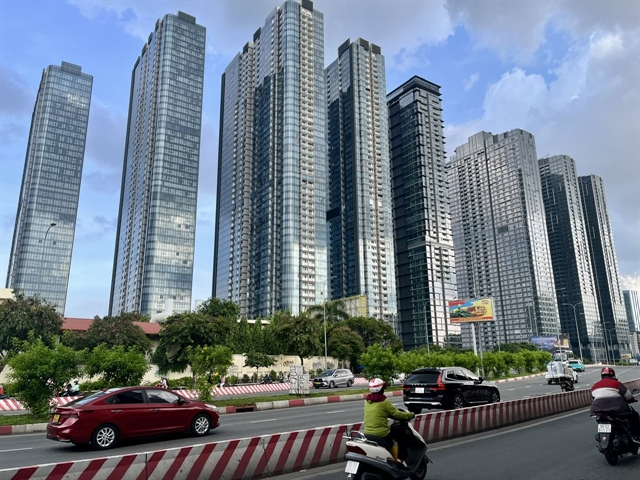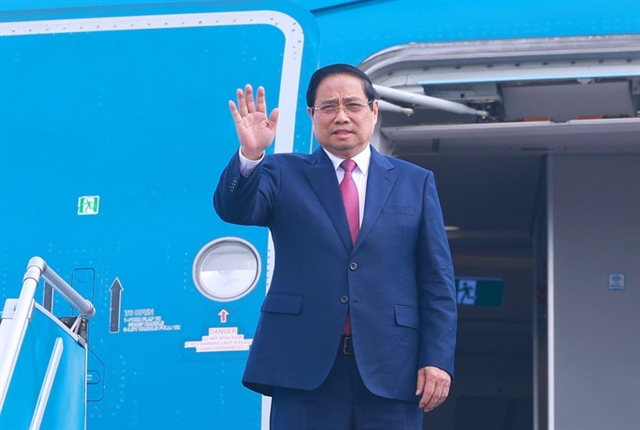 Economy
Economy


|
| The industrial real estate sector could benefit from the shifting of factories from other countries to Việt Nam. — Photo baodauthau.vn |
HÀ NỘI — The EU-Việt Nam Free Trade Agreement (EVFTA) will have a positive impact on Việt Nam's real estate market, especially the industrial real estate, experts said.
EVFTA is a landmark deal that promotes the industrial and export sectors in Việt Nam by removing 99 per cent of tariffs on goods from both sides.
Việt Nam's industrial zones have been attracting attention from investors, especially those from Europe.
Troy Griffiths, Deputy Managing Director of Savills Vietnam, said the trade deal showed the Vietnamese Government's commitment to turning the country into a leading manufacturing destination in Asia.
According to Griffiths, bilateral trade between Việt Nam and the EU will rise as a result of the deal, bringing an increase in foreign direct investment and jobs and offering more opportunities in all real estate segments.
By facilitating the application of the latest production technologies and strengthening worker training, the Vietnamese Government has gradually eliminated fears among foreign businesses over feasibility, a lack of skilled human resources and rising costs.
Improving the transparency of the business environment will help reduce investors' concerns and raise production quality standards in Việt Nam.
Another report from VNDirect also showed industrial real estate could benefit from the shift of factories from other countries to Việt Nam as investors seek preferential policies from free trade agreements (FTAs) including EVFTA.
Industrial property is considered the backbone for any developing manufacturing economy.
Foreign property consulting firm CBRE said industrial parks (IPs) will continue to grow. A standard occupancy rate of about 70-90 per cent will be maintained and infrastructure will play a decisive role in the choice of rental locations.
New IPs are scheduled to be established both in the north and south of Việt Nam.
Nguyễn Trần Nam, former deputy minister of construction, said industrial real estate had the potential to develop in the short, medium and long term if investors took the opportunity and benefit from Government policies. He said the Government should renew their management methods to help industrial real estate develop.
Priority should be given to improving State management of the property market, especially the industrial real estate market, as well as following international standards. Localities should pay attention to planning on industrial land with a focus on clean and environmentally friendly IPs, he said.
He said transparency was a requirement when joining new-generation FTAs. Planning policies should minimise risks to attract foreign investors and the Government should pay attention to simplifying administrative procedures.
Nguyễn Đình Cung, director of the Central Institute for Economic Management (CIEM), said Việt Nam’s industrial real estate was more attractive than that of most countries in the region. Low labour cost and preferential corporate tax rates would continue to prove a boon for the sector.
By 2020, Việt Nam is expected to have around 500 IPs with a total area of 500,000ha. — VNS




